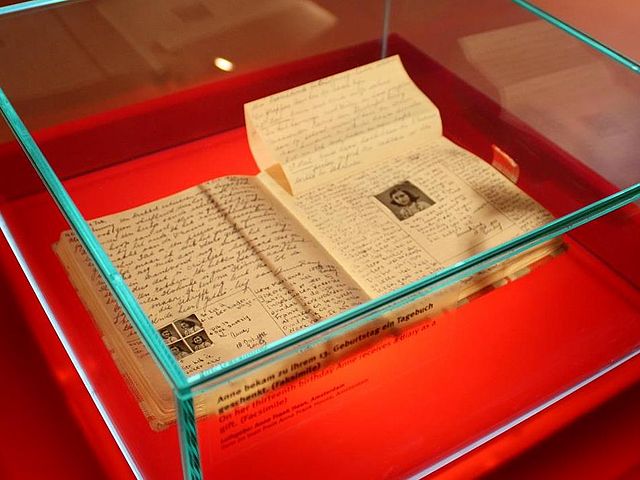In the study of history as an academic discipline, a primary source is an artifact, document, diary, manuscript, autobiography, recording, or any other source of information that was created at the time under study. It serves as an original source of information about the topic. Similar definitions can be used in library science and other areas of scholarship, although different fields have somewhat different definitions.
This wall painting found in the Roman city of Pompeii is an example of a primary source about people in Pompeii in Roman times (portrait of Terentius Neo).
From a letter of Philip II, King of Spain, 16th century
A diary is a written or audiovisual memorabilic record, with discrete entries arranged by date reporting on what has happened over the course of a day or other period. Diaries have traditionally been handwritten but are now also often digital. A personal diary may include a person's experiences, thoughts, and/or feelings, excluding comments on current events outside the writer's direct experience. Someone who keeps a diary is known as a diarist. Diaries undertaken for institutional purposes play a role in many aspects of human civilization, including government records, business ledgers, and military records. In British English, the word may also denote a preprinted journal format.
A facsimile of the original diary of Anne Frank on display in Berlin
Samuel Pepys
Faustina Kowalska





